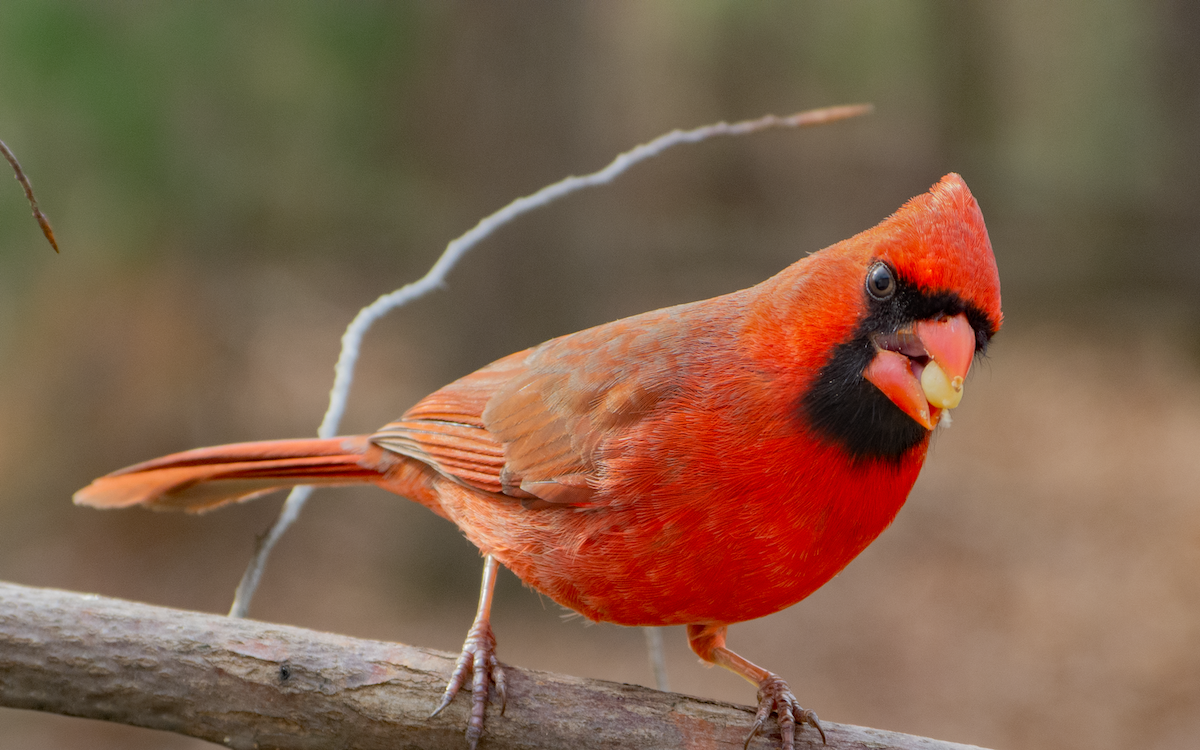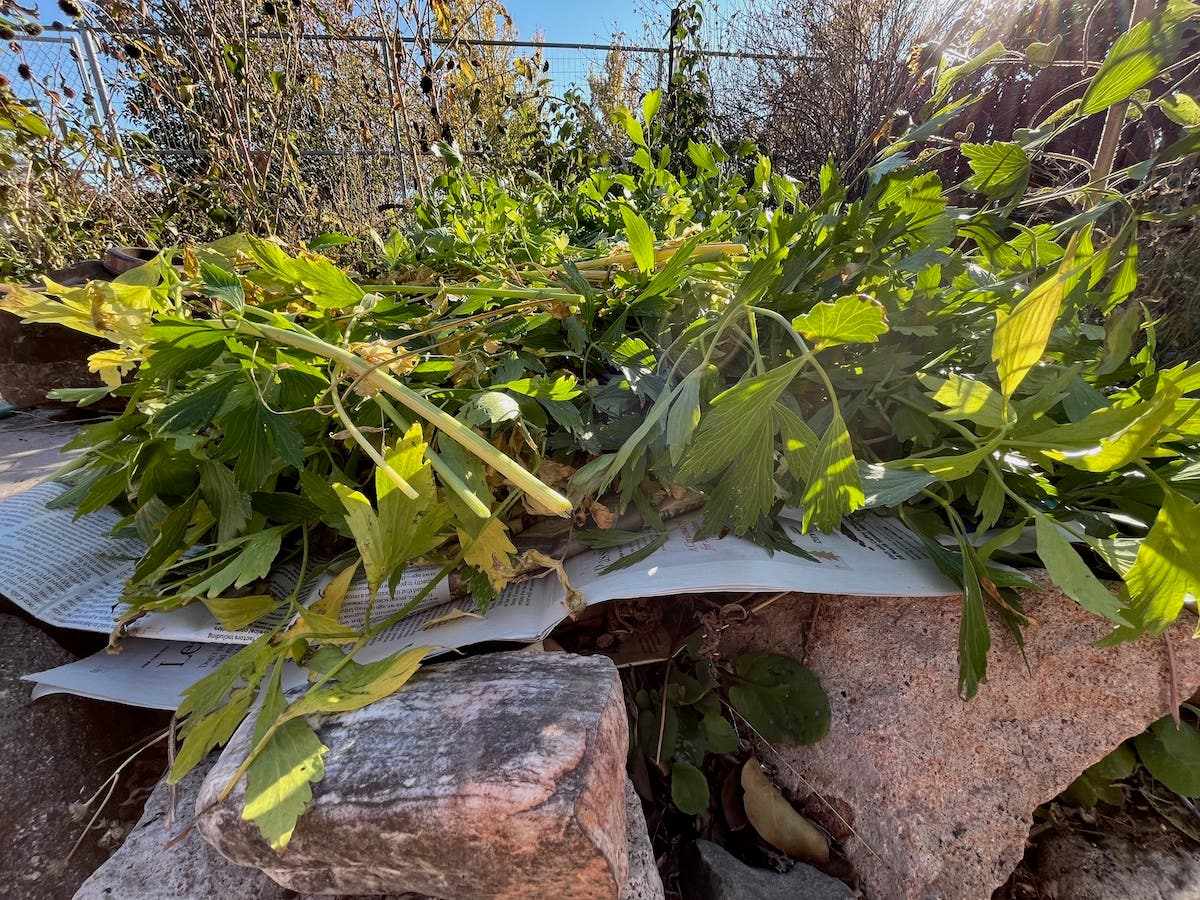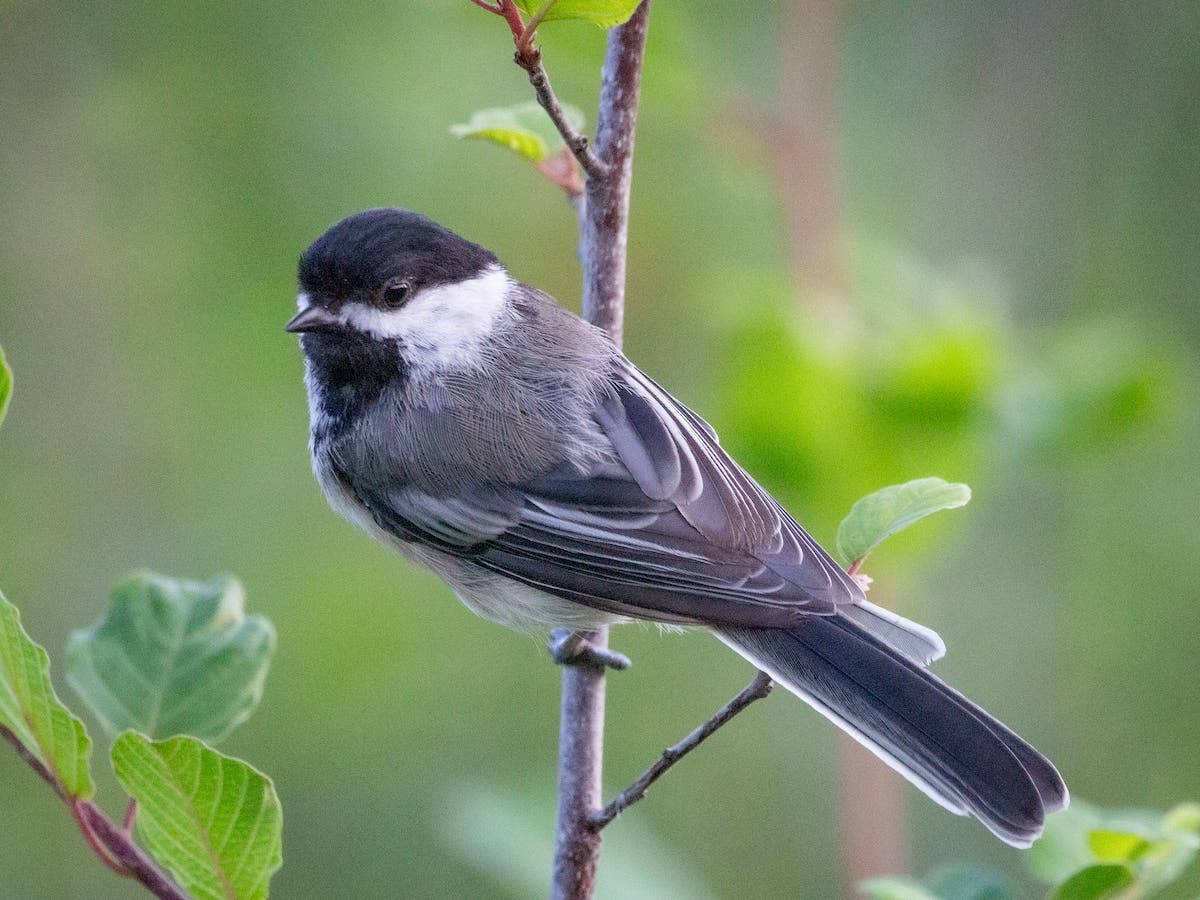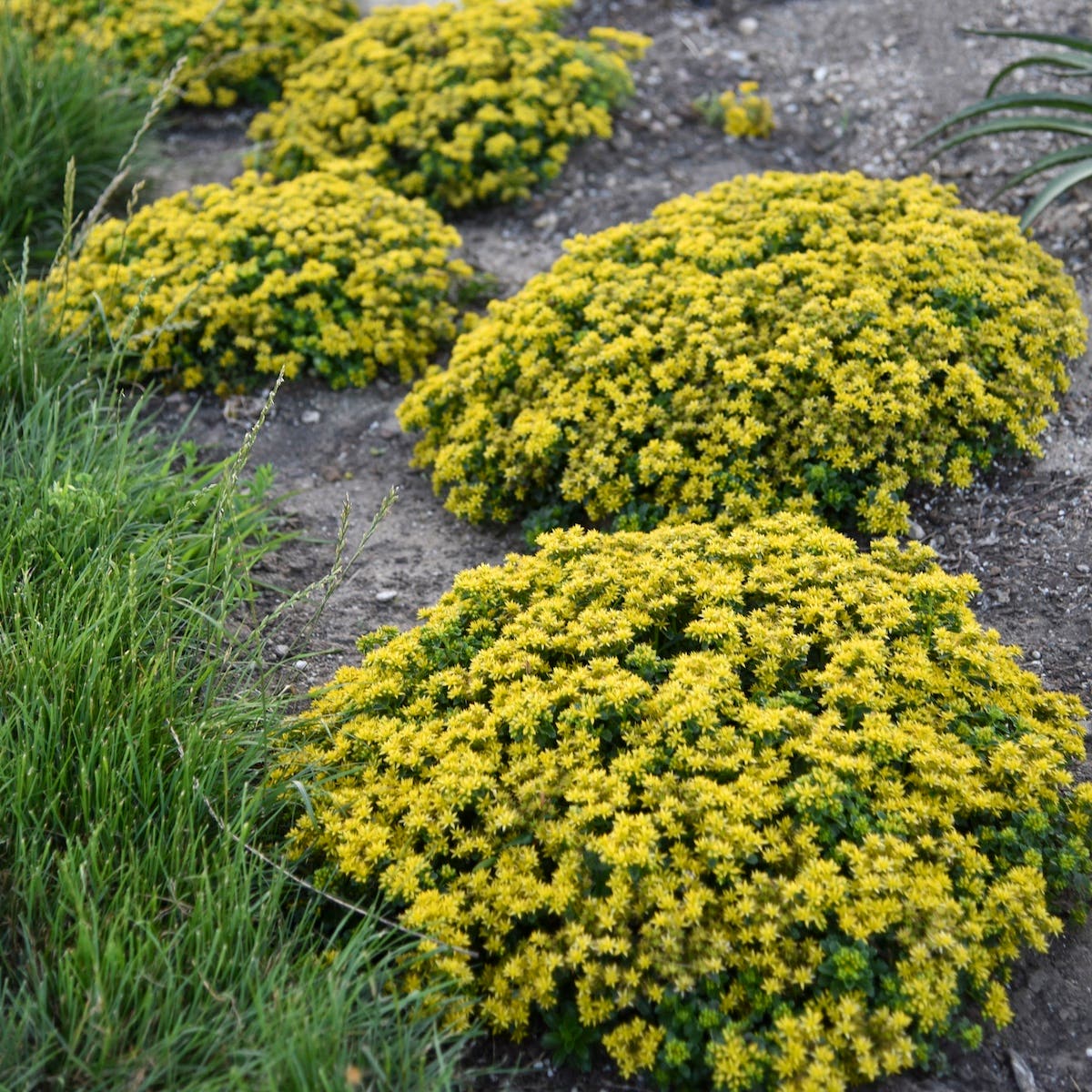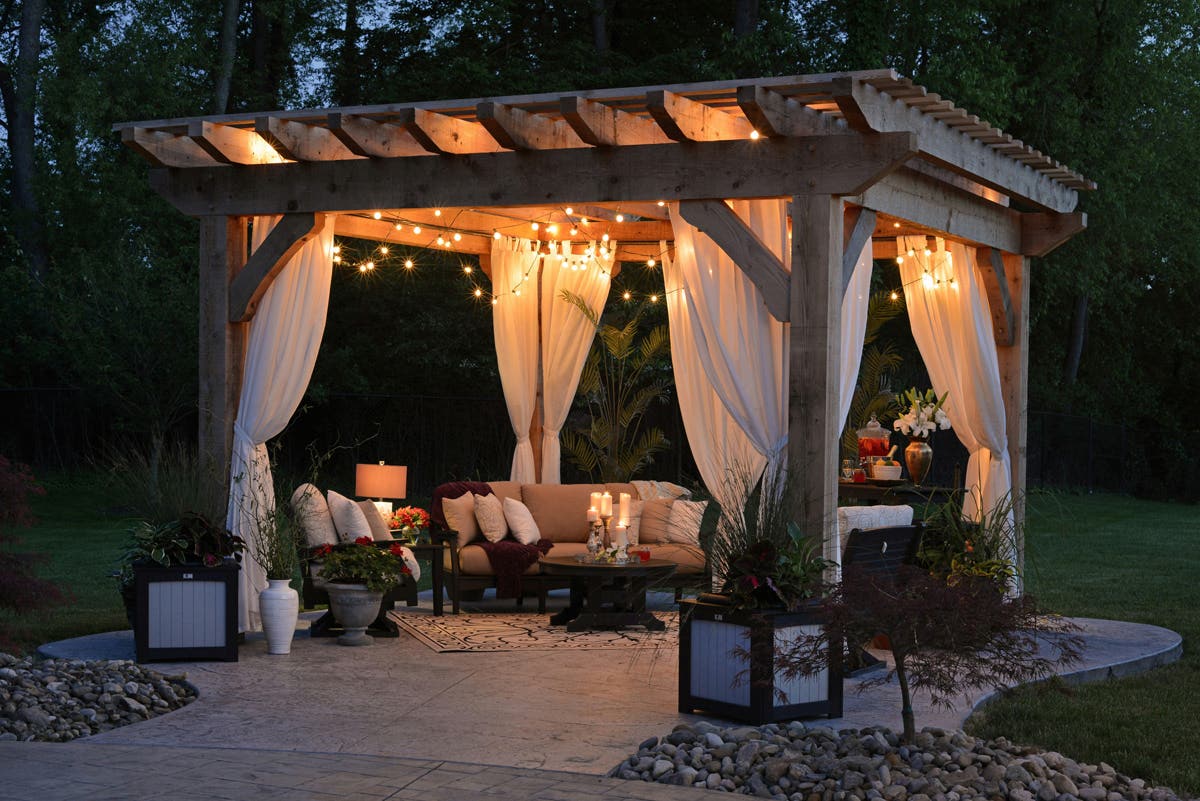Planting a Balled-and-Burlapped Tree
How to plant a tree (or shrub) that comes with its roots balled-and-burlapped.
Often called simply "b & b stock," balled-andburlapped trees can be transplanted when they are not dormant, as opposed to bareroot stock, which has a much more limited planting window. Success, however, depends on several factors. The first is regular watering, since even the largest balls contain only a small fraction of the plant's original root system. The second is ensuring that the tree is planted at precisely the right level. While an extra-deep hole may appear to be generous accommodation, it can be just the opposite, resulting in the premature death of even the most carefully watered specimen. Whether your specimen is small or large, the following instructions will ensure its happy establishment.
1. Select the Site
Select an appropriate location for your new tree, keeping in mind the height and shape it will attain when fully grown. Consider an area away from mature trees, which will compete for light, water, and nutrients. (You also do not want to disturb the roots of established trees.) Choose a site that is slightly above grade, too, so runoff won't regularly deluge your young tree's roots. The tree should be planted so that the soil line on the trunk is level with the surface. When the tree was dug up and wrapped, however, soil may have been pushed up high on the trunk, obscuring the original soil line. To find the original soil line, loosen the covering around the root ball and push your fingers down into the dirt until you feel the point, called the flare, where the roots meet the trunk. Measure from the bottom of the root ball to the flare. This is the depth of the hole to dig.
2. Dig the Hole
If you are planting in a grassy area, remove and discard the top layer of sod before digging. As you dig, pile the dirt on a tarpaulin to keep the surrounding area clean and to make it easier to backfill later. To keep the tree from settling too low in the hole, the root ball should rest on undisturbed soil. Do not dig deeper than the measurement you made earlier and do not loosen or amend the soil beneath this point. The hole should be quite wide, however, so that the feeder roots can grow unimpeded: it will also enable you to remove—or at least set back—any weeds that might compete with them. A good rule of thumb is to dig the hole more than twice as wide as the diameter of the root ball.
3. Position the Tree
Place the tree in the hole, making sure that the tree's soil line is level with the top of the hole. It is better to plant the tree slightly too high than to plant it too low. Once you have positioned the tree, you may remove the material around the root ball. If the roots are encased in a wire cage, use wire cutters to disassemble the cage completely. Although roots can grow though the cage, in time they may be girdled by the wires. If there is burlap or other biodegradable material around the root ball, cut it into strips with a pair of scissors or a sharp knife and fold these down well below the root ball. Staking the tree is unnecessary, except in the windiest of locations. If there is a stake attached to the tree, you can remove it now.
4. Backfill
Replace the soil in roughly the same order it came out of the hole, so that the topsoil is still on top. Do not add amendments when backfilling. Doing so will encourage the tree's roots to grow around and around in the hole and not spread out. Stop at least once while refilling the hole and tamp down the soil with your shovel—or even your foot—to remove air pockets. Firm and level the soil around the tree. Form a temporary dike about four inches high just inside the perimeter of the filled hole. This will create a reservoir around the tree that will hold water during irrigation. You must breach this dike before winter, however, or water will collect and freeze around the base of the tree.
5. Mulch and Water
Add a three-inch layer of mulch inside the dike to help conserve water and to keep down weeds. Piling mulch up against the tree invites boring insects and encourages rotting, so keep the mulch a few inches from the trunk. Providing consistent and plentiful water is critical because a balled-and-burlapped tree is missing as much as 90 percent of its roots. Water the new tree for the first time by filling the reservoir and allowing the water to percolate down into the soil. Repeat this two more times. During the next few weeks, water the tree generously every few days. The soil should be damp but not waterlogged.


